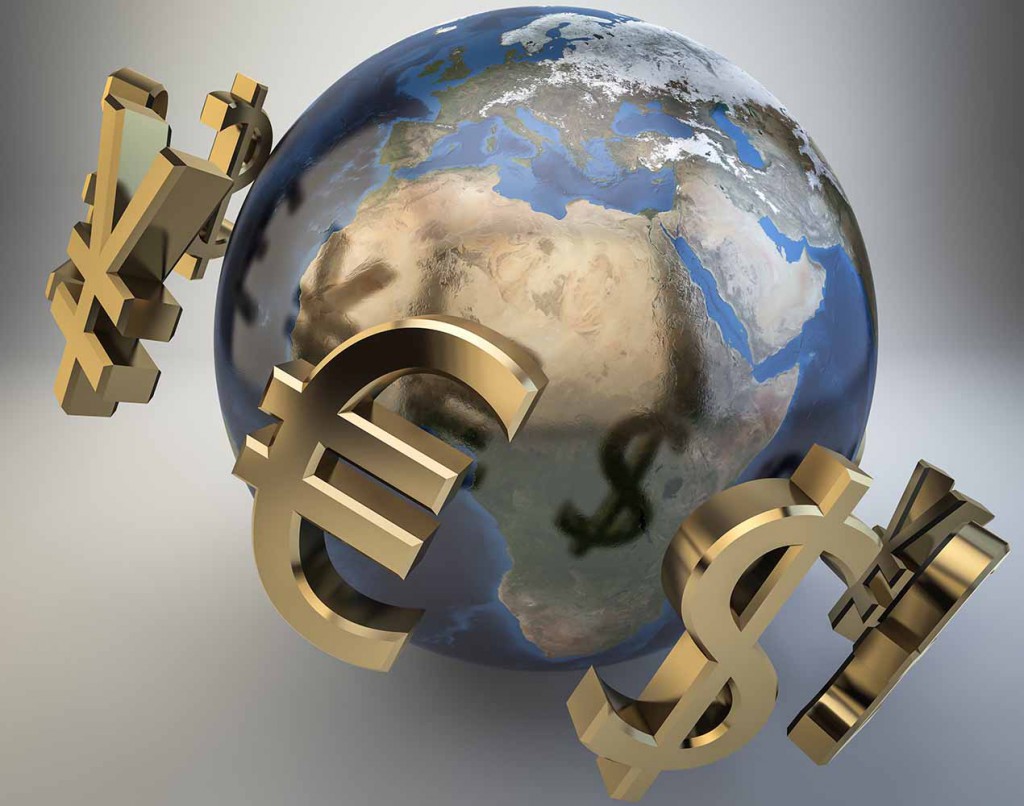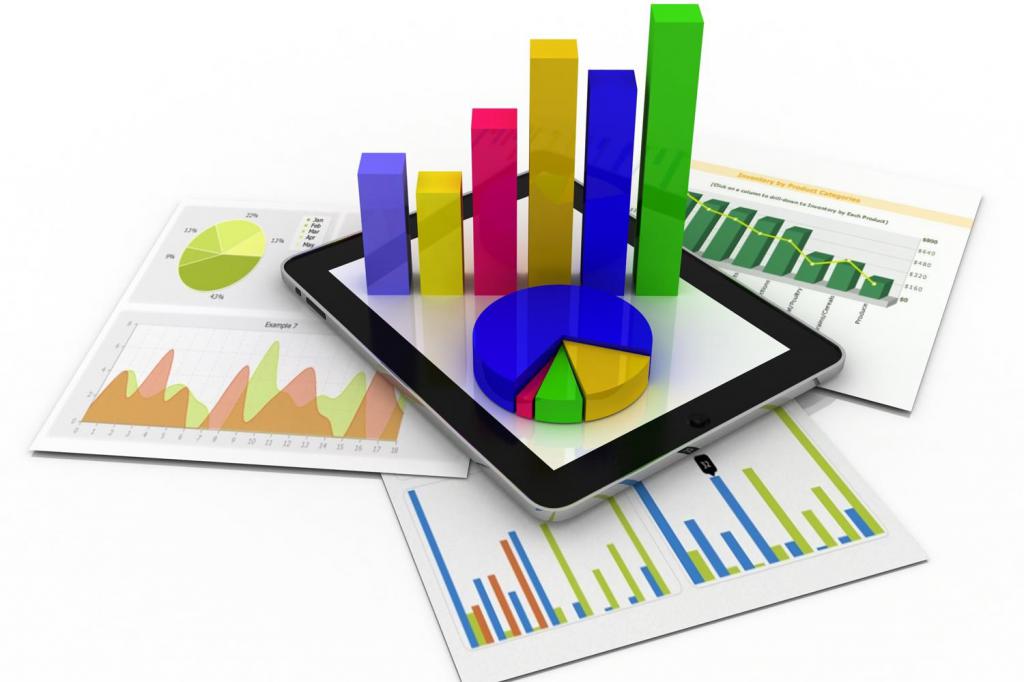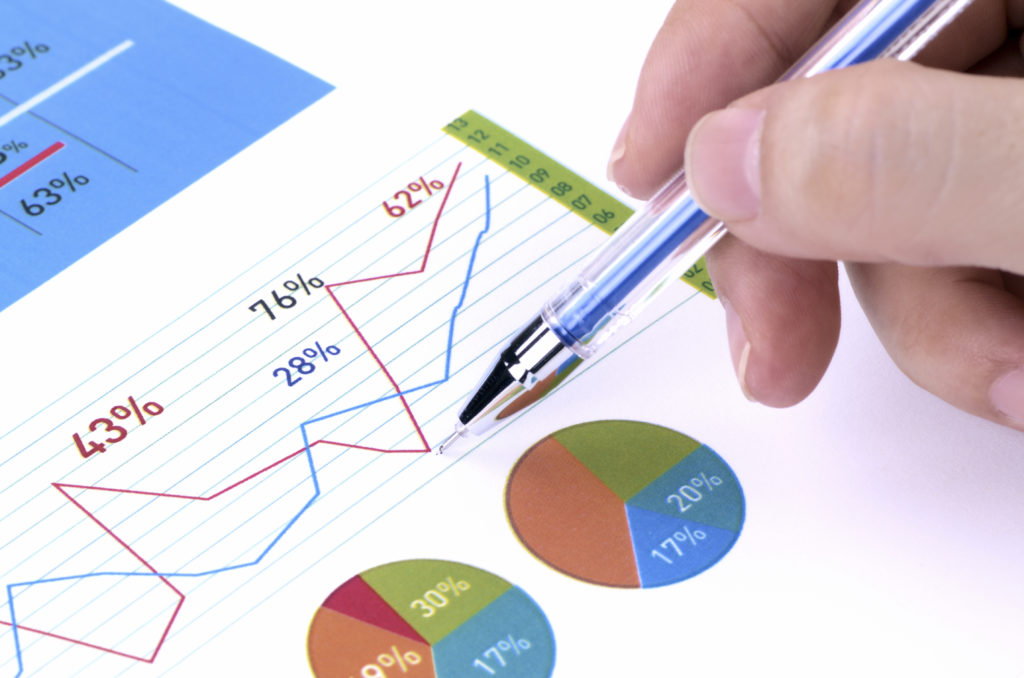The justification of economic feasibility is considered one of the essential points in the work of any modern enterprise.
Depending on the objectives of the study, its mathematical calculation is carried out according to various mathematical formulas. Efficiency often means the ratio of planned revenues to estimated costs.

Important Aspects of the Issue
If a rough assessment of economic feasibility is carried out, the planned incomes from attracting the savings of a certain part of the population to bank deposits are analyzed, and many assumptions are taken into account, which are called degrees of caution. For a reasonable analysis of planned revenues, they often underestimate the potential benefits.
An example of mathematical calculations within the company
The economic feasibility of the newly created enterprise is an important aspect. We offer a calculation option for a project relating to the processing of polyethylene waste.
The rationale for economic feasibility was carried out on the basis of formulas.
The main objective is the formation on the territory of the Russian Federation of production for the recycling of polymer waste (polyethylene).
The amount of required financial injections is 100,000 euros. The economic feasibility of the enterprise was calculated at a foreign exchange rate of 68.4 rubles.
The formation of a comprehensive enterprise for the processing of polyethylene waste based on innovative technologies will solve the problem of their systematic removal to the landfill. New jobs will appear in the country. Recycled materials from recycling will turn from an unprofitable form into an effective revenue option.
After the beginning of the functioning of the analyzed complex, additional financial profits will go to budgets of different levels, therefore the socio-economic feasibility of the enterprise is indisputable.
The installed complex for the processing of polymer waste will become competitive in the global economic market.

The economic feasibility of the project is that its payback period is limited to 25 months. This project can be implemented in any region of the Russian Federation, which confirms its uniqueness and timeliness.
Specificity
The economic feasibility of production is confirmed by an analysis of the market situation. Monitoring was carried out in Russia, the situation in this sector of the economy in other countries was also considered.
Recently, there has been an increase in prices for raw materials for the manufacture of polyethylene products. This situation significantly reduces the financial and economic indicators of medium-sized industries, which focus on the creation of a specific assortment of goods. That is why manufacturers of polyethylene products are looking for ways to reduce the cost of their manufactured goods.
Interesting details
For example, to reduce the cost of production using granules obtained from the processing of polymer waste. Recycled materials are in demand on the polymer market. The economic feasibility and effectiveness of such activities is confirmed by the stability of the enterprises being created.

The main factors affecting production
Economic feasibility is the opportunity for a company to profit after the sale of manufactured products.
Among the reasons that cause an increase or decrease in demand for produced polyethylene granules, we highlight:
- the economic situation in the country and the purchasing power of the population;
- changes in the cost of raw materials;
- the appearance on the market of products from new thermoplastic polymers.
As the main consumers of secondary polyethylene granules, we note several groups:
- small specialized companies manufacturing consumer goods from polyethylene;
- enterprises delivering polymer raw materials to chemical plants.
The production plans are about 1200 tons per year. Demand for plastic granules depends on their diameter. Considering that the most popular are polyethylene granules with a diameter of 2 mm, the organized production will be designed specifically for their production.

Estimated Sales
Technical and economic feasibility is explained by the demand for polymer products in the modern economic market. Monthly production of about 100 tons of granules with a diameter of 2 mm is planned. About 60% of the total IUD volume is precisely the thermoplastic polymer - polyethylene. In the domestic market, low and high density polyethylene is presented. Also on the modern economic market there are certain subclasses of this product that have higher technical characteristics:
- super high molecular weight (PS);
- linear low density;
- on catalysts (PTEF);
- bimodal (PB).
Polyethylene is produced in the form of colorless granules with a diameter of 2-4 mm. It is insoluble in water, organic solvents. Polyethylene is resistant to alkalis, organic acids. It decomposes on reaction with 50% nitric acid. Gradually, destruction occurs, leading to an increase in fragility. Polyethylene is used for packaging, packaging, polymer pipes. Those enterprises of the NWFD that produce packaging film, containers, and furniture can switch to secondary raw materials, achieving a reduction in the cost of their products.

Sales market
Economic feasibility is an indicator without which the organization of new production is impossible. According to various estimates, the level of filling the market for secondary raw materials in the Russian Federation is 5-10%. This is due to the lack of industries involved in the processing of polyethylene waste.
The price of secondary raw materials of import production is about 33 rubles / kg, which is significantly lower than the prices of initial raw materials. When analyzing enterprises involved in the processing of polyethylene waste in the NWFD, several companies were identified. Most of them are located in St. Petersburg, focuses on work under direct contracts, produces recycled materials in granular form.
Calculations
Economic feasibility is an important point, without which it is impossible to start the organization of our own production. When calculating the costs, the cost of production, the margin on granular polyethylene, and the payment of tax deductions were taken into account.
To implement the project under consideration, it is necessary to rent a non-residential premises with an area of about five hundred square meters with a concrete floor, a ceiling height of at least seven meters. The leased building is equipped with water supply, heating, industrial sewage, electrical supply (up to 300 kW).
Also in the room there is a place for unloading waste, sorting, storage of finished granules. Economic feasibility is an assessment of the profitability of an enterprise. Considering that serious preparatory work is supposed to place a line for processing polyethylene wastes, it is advisable to conclude a lease for a period of five years or more. For the project, the equipment of the company NACHI (Japan) is used, the average life of which is five years.The commissioning and installation work is carried out by specialists of a Japanese company, certain costs are budgeted.
| Expenditures | Amount, thousand rubles |
| 1. The costs of paying specialists involved in the production | 230 000 |
| 2. Travel plan expenses | 45 000 |
| 3. Materials required for production | 30 000 |
| 4. Organizational costs | 30 000 |
| 5. Unexpected expenses of the company | 15 000 |
| Total | 350 000 |
Production costs
As a fixed cost for this project will be the payment of cellular services, the use of fax, Internet. This article also includes payment for utilities, rental of modern equipment, premises, and the creation of promotional materials. Permanent expenses include obtaining licenses, patents, monthly wages for employees. We calculate the depreciation by the linear method, taking the cost of the equipment 40.965 euros (1 euro-68.35 rubles) for an operational period of 5 years.
Depreciation deductions are determined by the formula: K = (1 / n) * 100%, where K is the standard depreciation rate in%; n is the useful life of the asset, expressed in years.
K = (1/5) * 100% = 20%, depreciation charges: A = (2,800,000 * 0.2) / 12 = 46,660 rubles.
The variable costs of the production created are associated with material costs for raw materials, materials, payment of electric energy, fuel, components, as well as other types.
Cost of production: S = (VC + FC) / N = (810600+ 971380) / 100000 = 17.92 rubles.
Financial and economic risk is possible with a sharp drop in consumer demand, the development of an alternative product, a decrease in the solvency of ordinary consumers, an increase in taxes, and the pricing policy of nearest competitors.
In order to minimize such unpleasant situations, the company's specialists must promptly respond to any changes observed in this segment of the economy.
Technical risks take into account the decommissioning of the main equipment, low-quality raw materials, as well as the need to acquire new mechanisms.
To minimize this type of risk, it is planned to carry out preventive work, and control is carried out at each stage of production.

Revenue and Sales Forecasts
In order for the company to gain a foothold in the market, in the first months of work we plan to establish a margin on manufactured products in the range of 40-60%. The wholesale price per kilogram of polyethylene granules varies in the range of 25.1-28.7 rubles. For the implementation of the project, a one-time infusion of financial resources (acquisition of equipment) is necessary.
The payback period of the project is 2.1 years, subject to a slight change in the prices of electricity, rent, utilities.
Important aspects
Currently, in our country there is an increase in interest in a detailed study of economic life. The well-being of people directly depends on the economy, the correctness of housekeeping. Ideas about processes, objects, their management by enterprises, society, the state, ordinary citizens are changing.

Conclusion
Any company that is just starting its financial and business activities, or has experience in order to survive in the modern economic market, must own the principles of pricing, choose the right action strategy. Otherwise, it will not be able to withstand competition in the foreign and domestic market.
To ensure stable economic growth, the company must make important decisions that contribute to reducing losses, increasing the volume of products, increasing profitability. The enterprise is an independent business entity, which is created in accordance with the legislation of the country to provide services (work) that contribute to meeting the needs of society and making stable profits.
For example, for an enterprise engaged in the manufacture of metal structures: arbors, barbecue facilities, country swings, it is relevant to monitor changes in the prices of the raw materials used.
Economic feasibility involves the owner making a profit, providing employees with decent wages, safe working conditions. Depending on the direction of activity, companies may have features, but for all the main factor is the profitability and stability of functioning.
